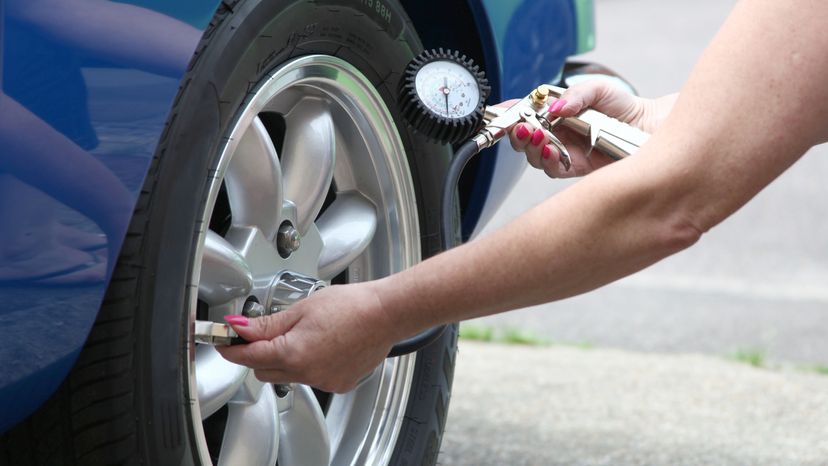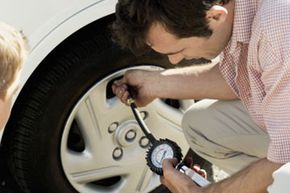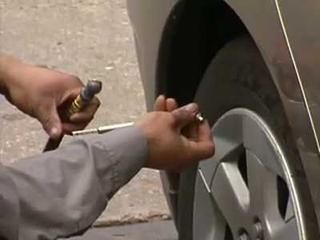Direct tire pressure monitoring systems use an individual tire pressure sensor inside each tire, and sometimes a full-size spare, to transmit information to a central control module. The sensors read internal pressure, and sometimes temperature. The information received at the module is analyzed, and any issues with any of the tires are sent to the car's vehicle information system, or low-pressure light.
Information is most often sent wirelessly as a radio signal. While some aftermarket systems are mounted outside the tire, most manufacturers use a sensor mounted inside the tire. This is where the expense for the consumer comes in. Each sensor has a battery with a life of about a decade. On most, the battery is not serviceable, and the entire TPMS sensor must be changed. The sensor stem is also subject to damage, as is the sensor itself, when the tire hits a curb or the car gets into an accident. And each time a sensor is changed, it generally has to be reprogrammed into the control module so it can be recognized.
The wireless system is also prone to problems and challenges, as well as being integrated with other car systems that can fail or become corrupted over time. Added to this mix is the often-proprietary technology used by each manufacturer, making the range of sensors out there a confusing mix for shops and consumers.
Indirect tire pressure monitoring systems don't rely on sensors to do the work, or at least not pressure sensors. The systems rely on the data from wheel speed sensors to interpret the size of a tire based on how fast it rotates — a small tire would rotate faster than a larger tire, and an underinflated tire is smaller than one with proper inflation. All of this data can be gleaned by electronic monitors within in the car, and then interpreted using advanced programming and processing.
This system is less prone to the vagaries of direct sensors, but more attention must be paid to it. For instance, imagine that a driver fills up his tires with air at a gas station and checks the pressure before heading out on a long trip. An indirect system needs to be reset every time the tires are inflated, or it will see the newly inflated tires as a possible hazard. In this case, if it isn't reset, the system will see bigger tires and may warn the driver of over inflation.
For lots more information on safety and regulatory systems, see the links on the next page.


